They drift through the galaxy, cold and completely alone.
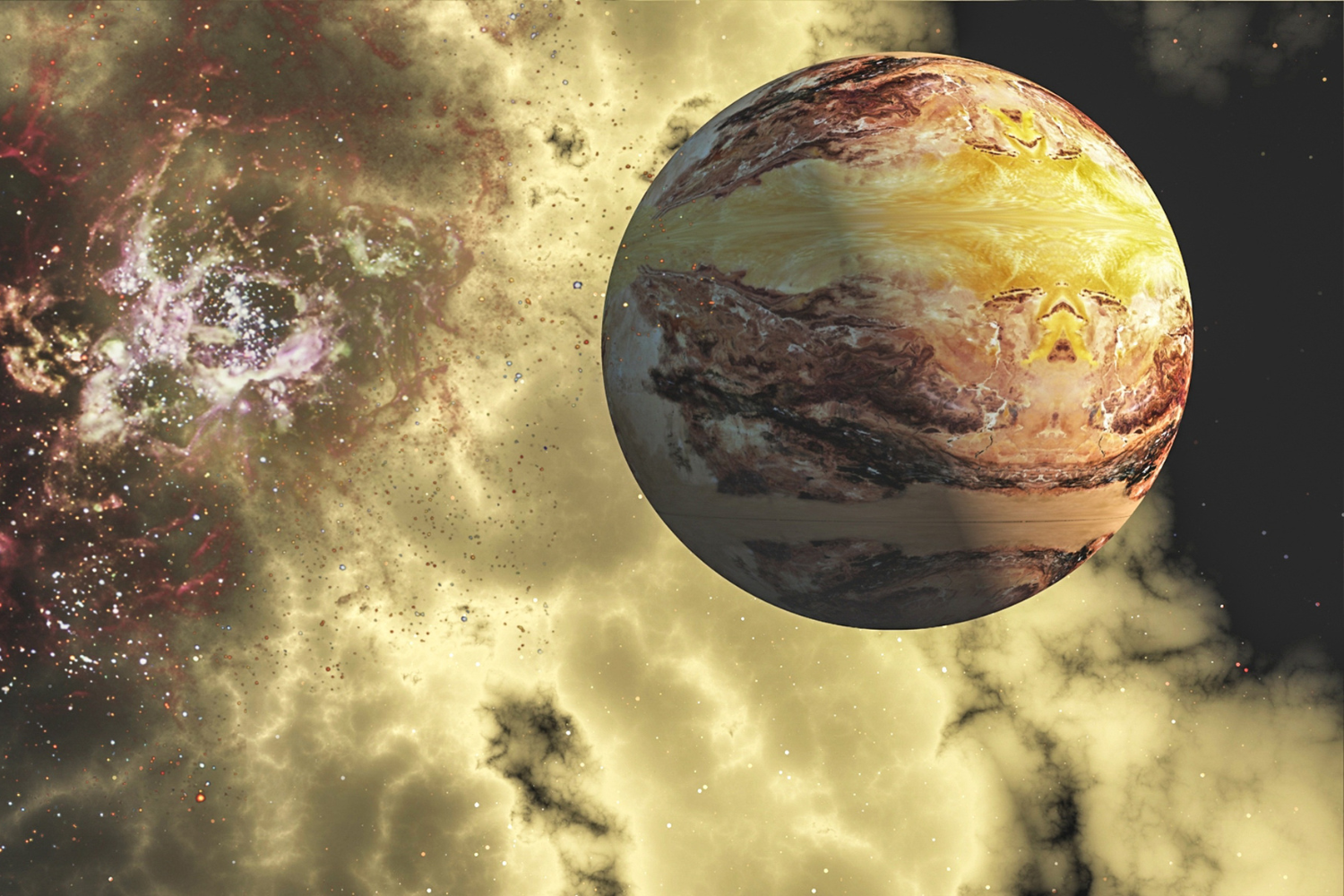
Astronomers have finally begun to unravel how entire worlds can exist without orbiting a star. These “rogue planets,” as they’re called, wander through space untethered, cold, dark, and nearly invisible. For decades, their existence was more theory than proof, but new observations from telescopes like the James Webb and the European Space Observatory’s facilities have changed that.
What scientists have learned flips traditional planetary science on its head. Some of these lonely planets may have formed like stars and others were simply kicked out of their solar systems. Both stories are stranger, and more revealing than anyone expected.
1. Billions of rogue planets may fill our galaxy.
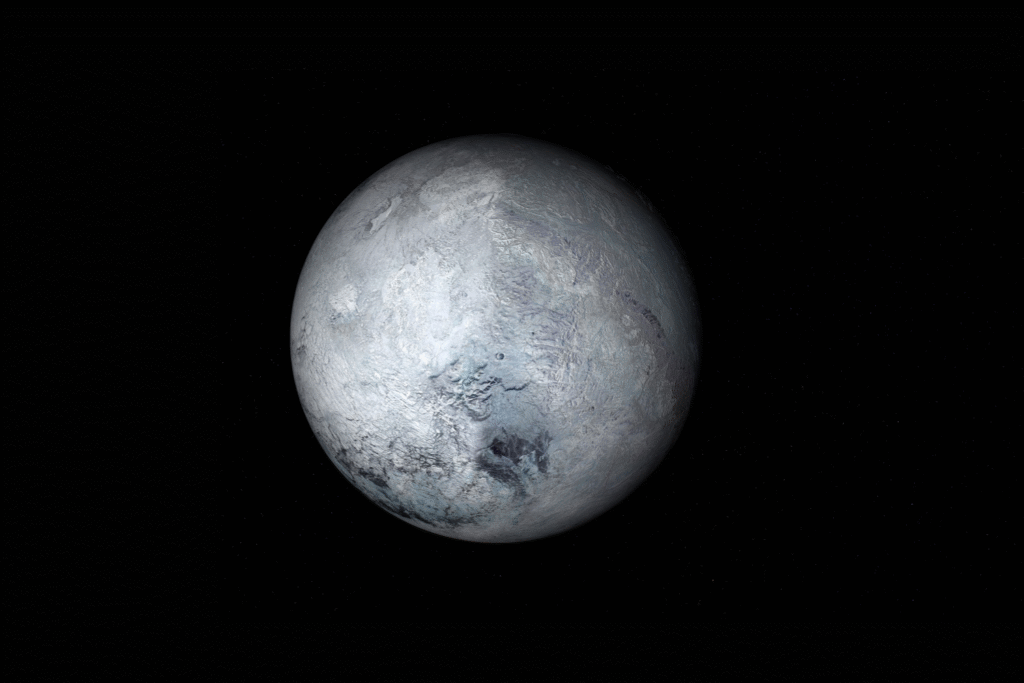
Recent surveys using infrared telescopes suggest the Milky Way could contain more free-floating planets than stars. That means trillions of unanchored worlds drifting unseen through the dark. According to NASA’s Exoplanet Science Institute, these planetary orphans likely range from Earth-sized bodies to gas giants larger than Jupiter.
It’s unsettling to imagine that space is more crowded than we thought, just not with the kind of company we can easily find. Each one carries its own story of creation and exile, silently orbiting nothing, waiting to be noticed.
2. Many were violently ejected from their home systems.
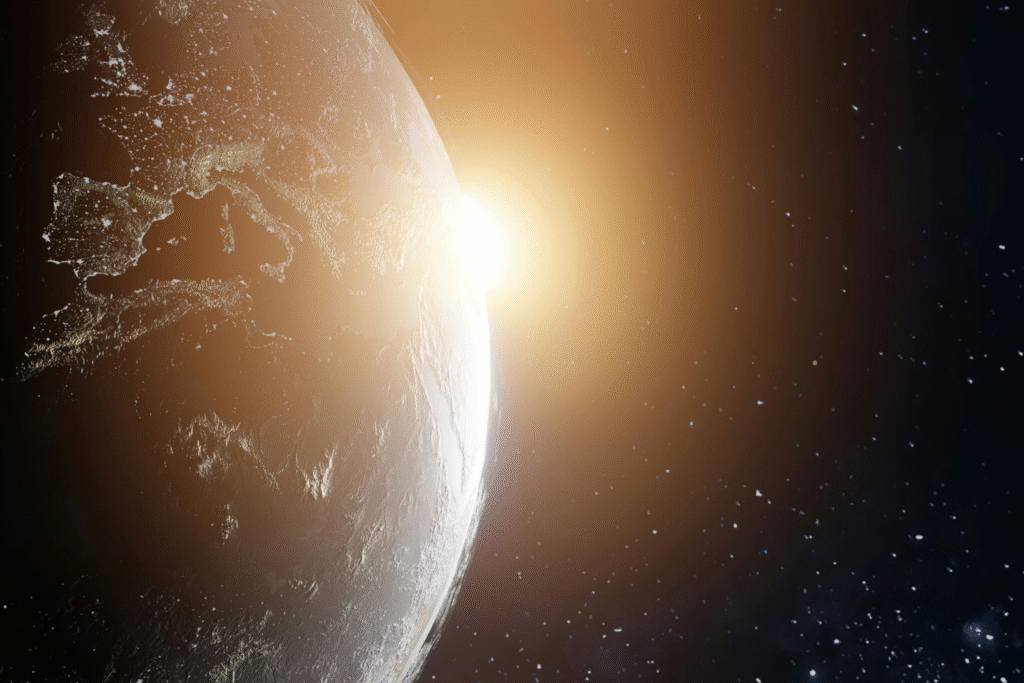
Astronomers now believe gravitational chaos is responsible for many rogue planets. When multiple large planets form in a young system, their interactions can destabilize orbits and fling smaller ones into interstellar space. This scenario, as reported by The Astrophysical Journal Letters, explains why so many are found alone.
It’s a cosmic eviction. One unstable push from a nearby giant, and a world that once basked in starlight is suddenly homeless, condemned to drift in perpetual night. Yet, those banished worlds help scientists model how unstable early planetary systems really were.
3. Some may have formed entirely without a star.
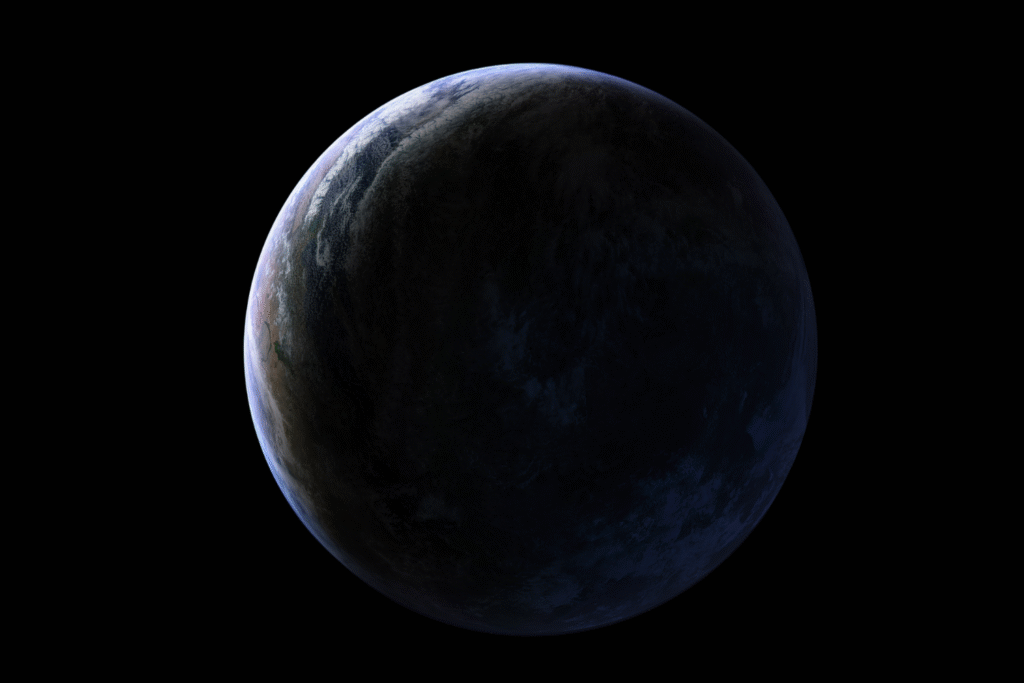
Unlike Earth, which formed from the leftover dust of a newborn Sun, certain rogue planets may have been born solo. Astronomers using the Subaru Telescope discovered clouds dense enough to collapse under their own gravity, forming a planet-like object instead of a star, as stated by Nature Astronomy.
It’s like watching a miniature star’s life get cut short before ignition. These “failed stars,” sometimes called sub-brown dwarfs, blur the line between planet and star, challenging everything we thought we knew about cosmic classification. They’re outliers born without family.
4. A few may still have hidden heat sources.
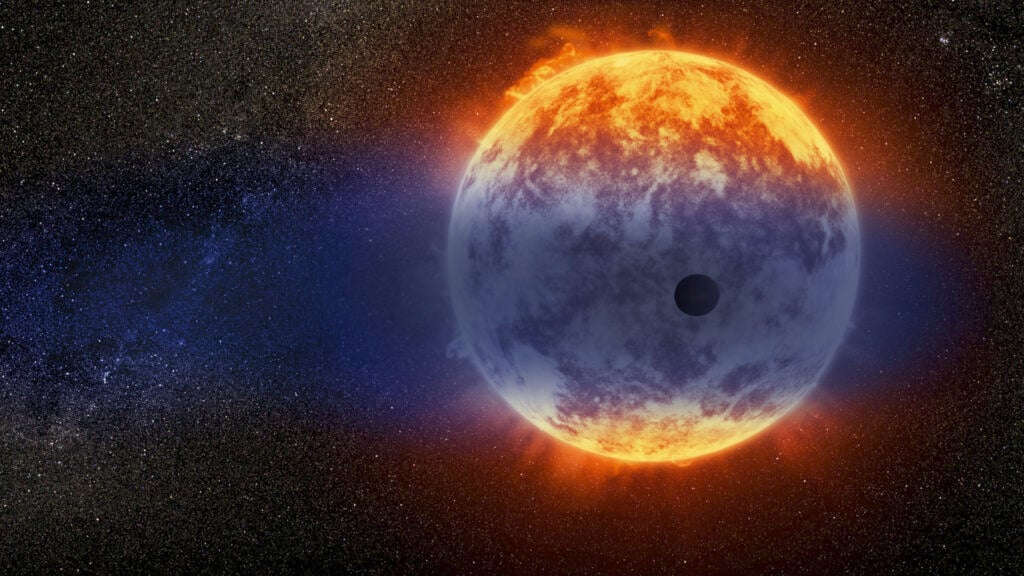
Even without sunlight, rogue planets aren’t always frozen. Some retain residual heat from their violent births or contain molten cores that radiate warmth for billions of years. Others may generate heat through radioactive decay deep within, similar to Earth’s internal processes.
If that heat traps a thin atmosphere, temperatures might remain stable enough to sustain chemistry, and maybe even microbial life. It’s a wild thought: somewhere in the galaxy, a planet adrift in darkness could still be alive inside.
5. Gravitational microlensing finally made them visible.

Because they emit almost no light, these planets are nearly impossible to detect directly. But when they pass in front of a distant star, their gravity briefly magnifies the starlight, a phenomenon known as microlensing. This flash reveals their existence, size, and distance.
The technique has confirmed dozens so far, though researchers believe that’s just the beginning. Each detection is like finding a needle in a galaxy-sized haystack, and every confirmed rogue planet helps refine how we look for the next.
6. Some may carry frozen oceans beneath icy shells.

Even in the absence of a star, internal heat and pressure could maintain subsurface oceans sealed under ice. Scientists suspect that massive rogue planets with thick atmospheres might hold onto these reservoirs indefinitely.
Such conditions echo those on moons like Europa and Enceladus, where oceans exist under crusts of ice far from the Sun. If those moons can harbor complex chemistry, rogue planets might, too. The absence of sunlight doesn’t necessarily mean the absence of possibility.
7. They could reshape our search for alien life.
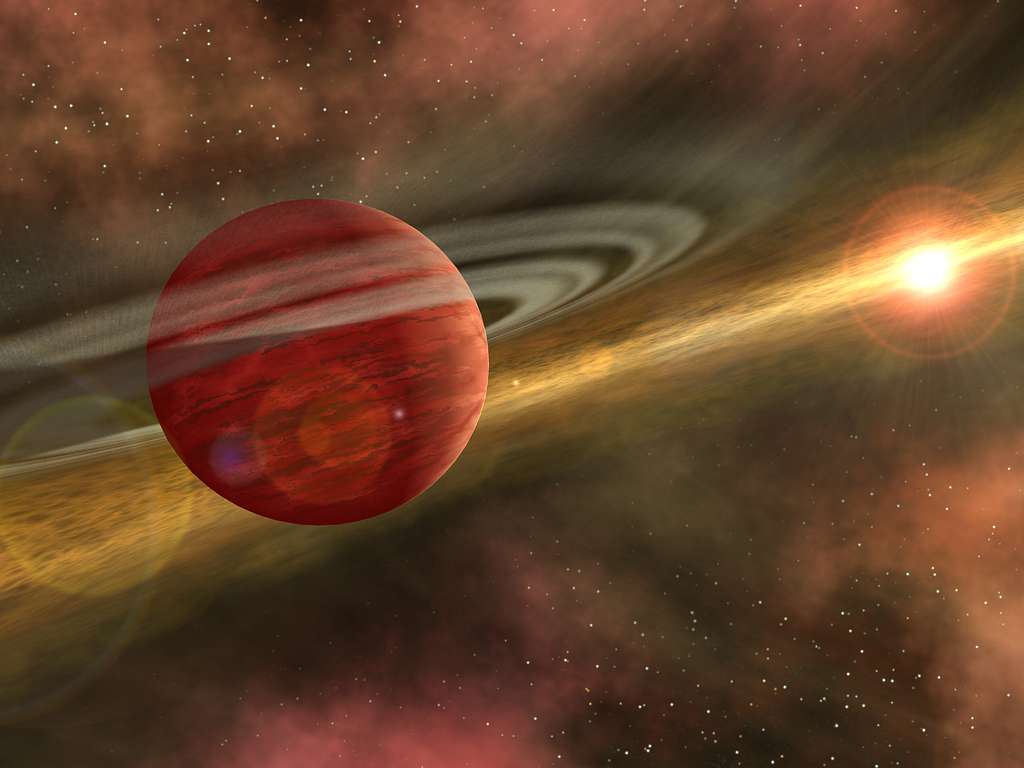
Astrobiologists are starting to include rogue planets in life-hunting models. Instead of looking for light-based ecosystems, they’re exploring the potential for geothermal or chemical energy sources. This radically widens where life might exist.
It also humbles our assumptions. Maybe Earth’s kind of life is just one version—one that happens to like warmth and light. Somewhere in the dark, life could be quietly evolving under an alien sky that never changes.
8. The James Webb Telescope may soon spot their atmospheres.
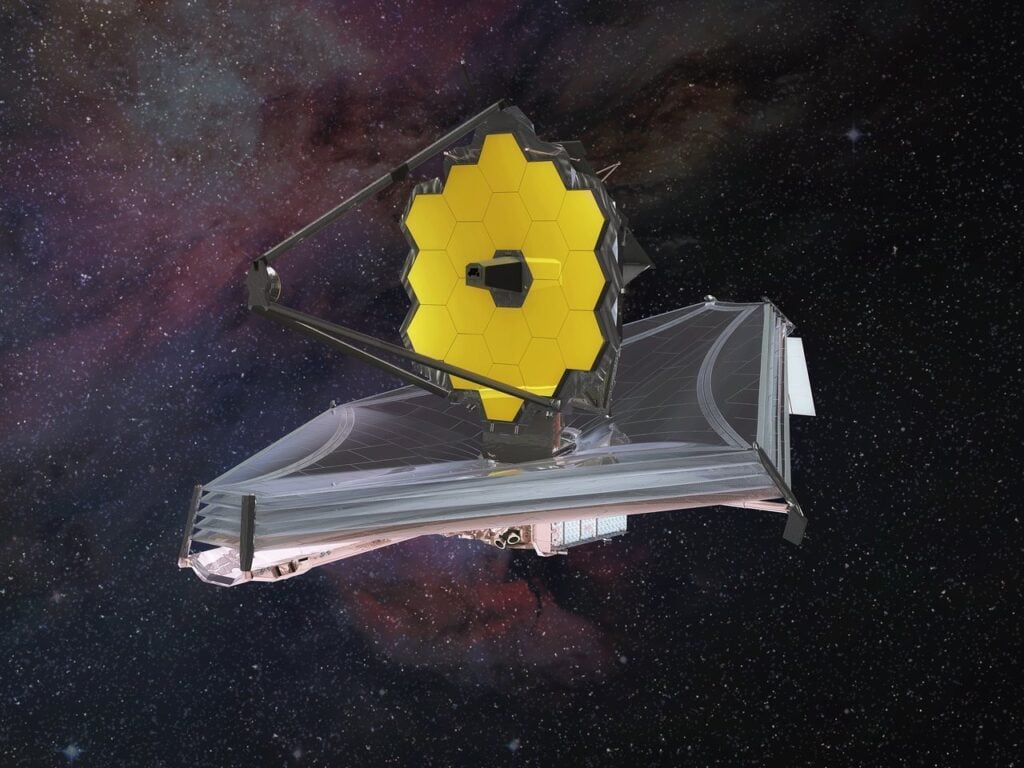
Webb’s infrared sensitivity can detect faint thermal signatures from planets that were once invisible. Astronomers are using it to analyze possible atmospheres, looking for carbon dioxide or methane that might indicate complex chemistry.
Even a single detection would be groundbreaking. It would mean these worlds aren’t just cold relics—they’re active, evolving environments. The darkness between stars suddenly becomes far less empty when you realize what could be hiding inside it.
9. They travel at astonishing speeds across the galaxy.
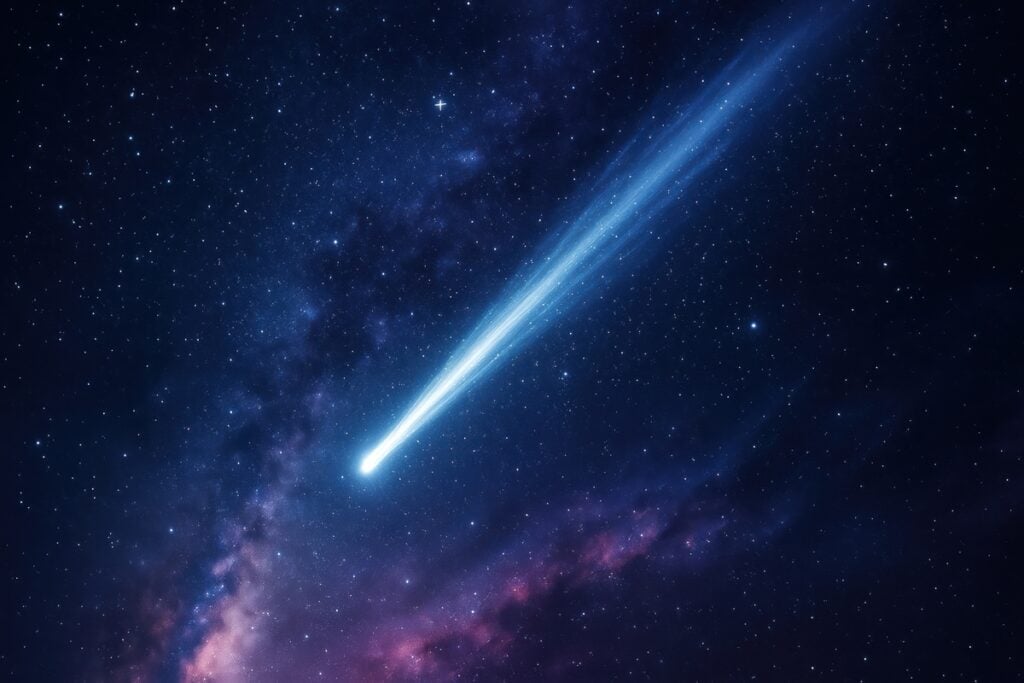
Freed from their stars, rogue planets drift through space at velocities that can exceed 100,000 miles per hour. Some are even fast enough to escape the galaxy entirely. Their paths are unpredictable, untamed relics of gravitational slingshots gone wrong.
Each one is a quiet traveler, speeding through the void without orbit or destination. They’re like cosmic debris still moving from ancient celestial brawls, carrying chemical fingerprints of the stars that once claimed them.
10. Rogue planets may outlive their parent stars by trillions of years.
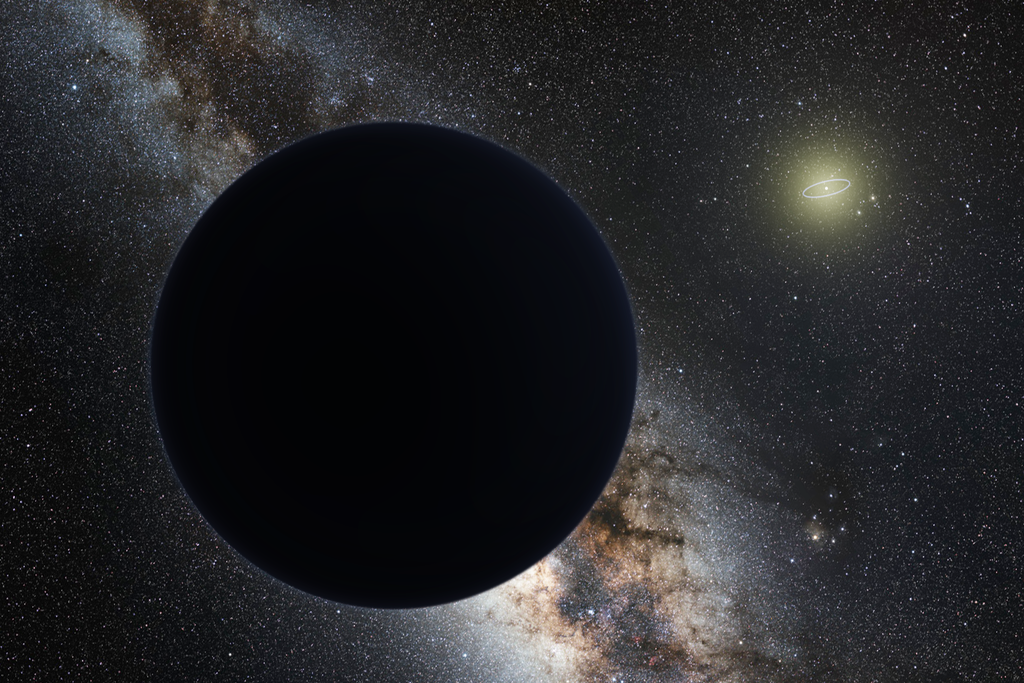
When stars die, their planets usually die with them—but not the rogues. Unattached to a parent star, they drift through eternity relatively unchanged. Long after the Milky Way fades and the last stars burn out, rogue planets will still be moving silently through the dark.
That’s the paradox. The loneliest worlds are also the most enduring. They’ll be the final witnesses of the universe’s slow fading, keeping its last secrets in their frozen, quiet hearts.
